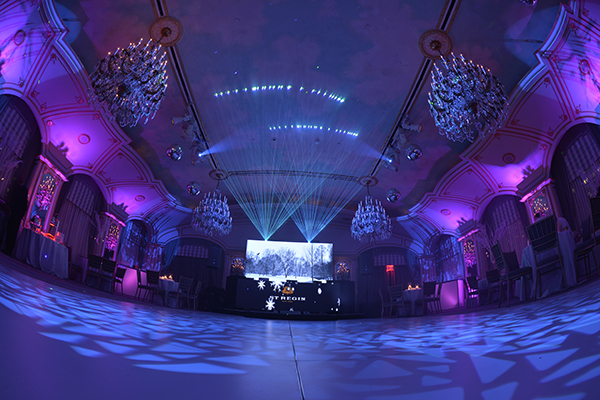In the past years, digital VR has become as powerful tool for enhancing audience engagement in live productions. Such innovation enables audiences to submerge themselves in a 3D environment, creating a unique experience that traditional formats cannot replicate. Through utilizing VR, creators can move viewers into the heart of the action, causing them sense as if they are integral of the show. This groundbreaking method not only captivates viewers but also unlocks new opportunities for storytelling and interaction.
One of the key advantages of using VR in live productions is the ability to create a more interactive experience. Viewers can engage with the performance in real-time, influencing the outcome or exploring different viewpoints. For instance, in a theater production, audiences using VR goggles can select to follow particular roles or segments, enabling them to customize their encounter. This degree of interactivity fosters a deeper connection between the audience and the performance, making it more memorable and significant.
Additionally, VR tools can improve the sight and sound aspects of a live performance. Using top-notch visuals and audio engineering, creators can create breathtaking settings that attract audiences in. This engaging quality can raise the complete encounter, rendering it even more captivating and pleasurable. For example, a musical performance can be converted into a multi-sensory experience, where fans feel as if they are on stage with the performers. Such improvements not only attract larger viewers but also promote return viewing, as audiences look to re-experience the thrill.

Alongside enhancing viewer engagement, VR can also provide insightful data for producers. By examining how audiences interact with the virtual environment, creators can gather data on audience preferences and behaviors. This information can inform future productions, assisting to customize material to more effectively satisfy the needs and desires of the audience. As a result, VR not only enhances the present encounter but also adds to the development of real-time productions as a whole.
As the technology progressing to advance, the possibilities for VR in real-time performances is immense. Ranging from stage shows and musical events to athletic competitions and celebrations, the possibilities are limitless. Through adopting this innovative approach, producers can revolutionize the way audiences engage with real-time performances. With recommended read an increasing number of creators explore the integration of VR, it is probable that we will witness a shift in how performances are designed and presented, eventually resulting to a greater engaging and participatory prospect for live productions.
Comments on “Transforming Spectator Interaction Through Engaging VR Experiences within Real-time Performances”